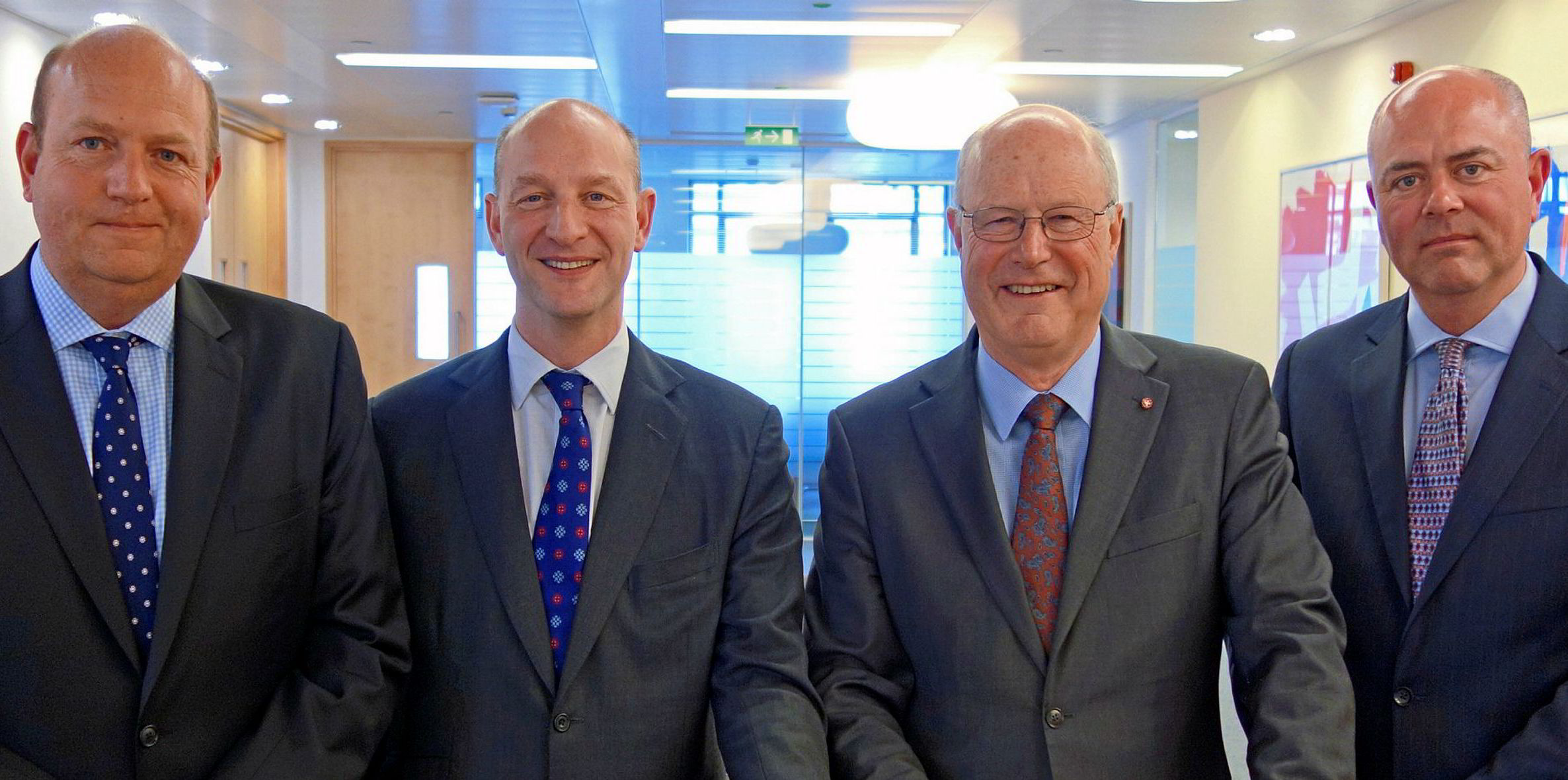Four mutual protection and indemnity clubs have decided against making a general increase announcement ahead of renewal negotiations.
The tradition is unique to the P&I sector. It harks back to the early days of mutuality more than a century ago, when members were notified of how much more they would be paying the following year.
More recently, it has become a declaration of intent, and a starting point for negotiations with individual members.
Now, a growing number of clubs have decided the statement is irrelevant and rates should be left to negotiation.
Britannia P&I, which is considered one of the more conservative clubs, believes the tradition has had its day.
Deputy chief underwriting officer Simon Williams said: “The general increase has been around for many years and goes back to when P&I clubs did not employ underwriters, and managers would simply send out their renewal proposal and the owner would send back his cheque.
“And for years the clubs have been going along with that. But we asked ourselves: 'Is that still fit for purpose in the 21st century?' We felt it had become outdated, so we moved away.”
Today, even clubs that are continuing to apply a general increase will hold negotiations with individual members.
So, will ditching the idea significantly change the clubs' approach?
Individual risk
“We are probably seeing a bit more focus on the individual risk and record, rather than trying to blanket the general increase across the membership and move on from there, as we have in the past,” Williams explained.
“But [we] also try to be more sophisticated today. Rather than it just being a black and white matter of whether your record is poor or good, we look at what the underlying situation is, does it actually reflect the management and risk profile, or was it just bad luck on one large claim?”
But brokers are also becoming more sophisticated in defending their clients' positions. Marsh JLT Specialty, for one, has a digital-rating model that it uses in renewal negotiations.
Head of P&I Mark Cracknell said: “We have our own P&I premium modelling tool, which is a response to a demand from our clients for a more in-depth analysis. When the club has asked for an increase, we need to help our clients out.”
Williams said Britannia is also digging deeper for data, which will help make sure premiums are fair and appropriate.
Mining data
“We’re sitting on a lot of data but we’ve not mined it very well. But we are just rolling out a new IT system that gives us the capability to be more in-depth and sophisticated. We are looking at trends and trading patterns and how they impact on risk.”
The move away from general increases comes as an increasingly sophisticated toolkit of underwriting techniques is being employed by the P&I clubs, such as digital pricing.
Williams believes the move away from general increase will ensure a rating is fairer and more reflective of the risk.
“We recognised it would be a slightly more nuanced approach to renewals. The underwriters are being challenged by some brokers and owners who might not agree with what we are doing, but it should never be about the fight, it is more about coming to an agreement that is acceptable to all sides.”






